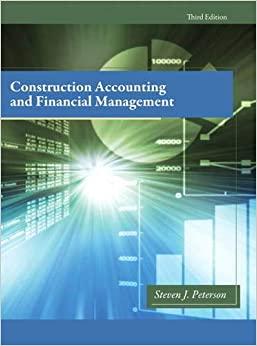Question
4, (Activity-Based-Costing) 20 Marks XY Ltd (XY) produces three products- LM and N. During the previous fiscal year of 2018,XY incurred $4,000,000 of manufacturing overhead
4, (Activity-Based-Costing) 20 Marks XY Ltd (XY) produces three products- LM and N. During the previous fiscal year of 2018,XY incurred $4,000,000 of manufacturing overhead costs and produced 400,000 units product L, 40,000 units of product M and 100,000 units of product N. XY's overhead application rate was $20 per direct labour hour. Based on this rate, the cost per unit for each product group in 2018 was as follows: Direct materials Direct labour Overhead Total Product L Product M $8.00 $80.00 Product N $8.00 $12.00 $90.00 $30.00 $4.00 $60.00 $40.00 $24.00 $230.00 $78.00 The profitability of XY has been declining for the past three years despite the successful introduction of the new product M which has now captured more thana 50% share of the market. The production manager has been boasting that he can produce product M at a much cheaper price than any of his competitors, hence the reason XY can charge a much lower price for product M than its competitors and the consequent increase in market share. A special task force has been established to help the company understand the reason for its decline in profitability. The task force is considering a new costing system, that is an activity-based-costing system for 2019. The system will use four cost drivers: machine setups, purchase orders, scheduling and quality inspections. Data, from 2018 on the cost associated with each
Step by Step Solution
There are 3 Steps involved in it
Step: 1

Get Instant Access to Expert-Tailored Solutions
See step-by-step solutions with expert insights and AI powered tools for academic success
Step: 2

Step: 3

Ace Your Homework with AI
Get the answers you need in no time with our AI-driven, step-by-step assistance
Get Started


